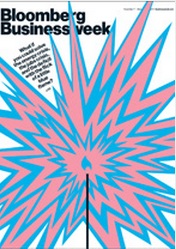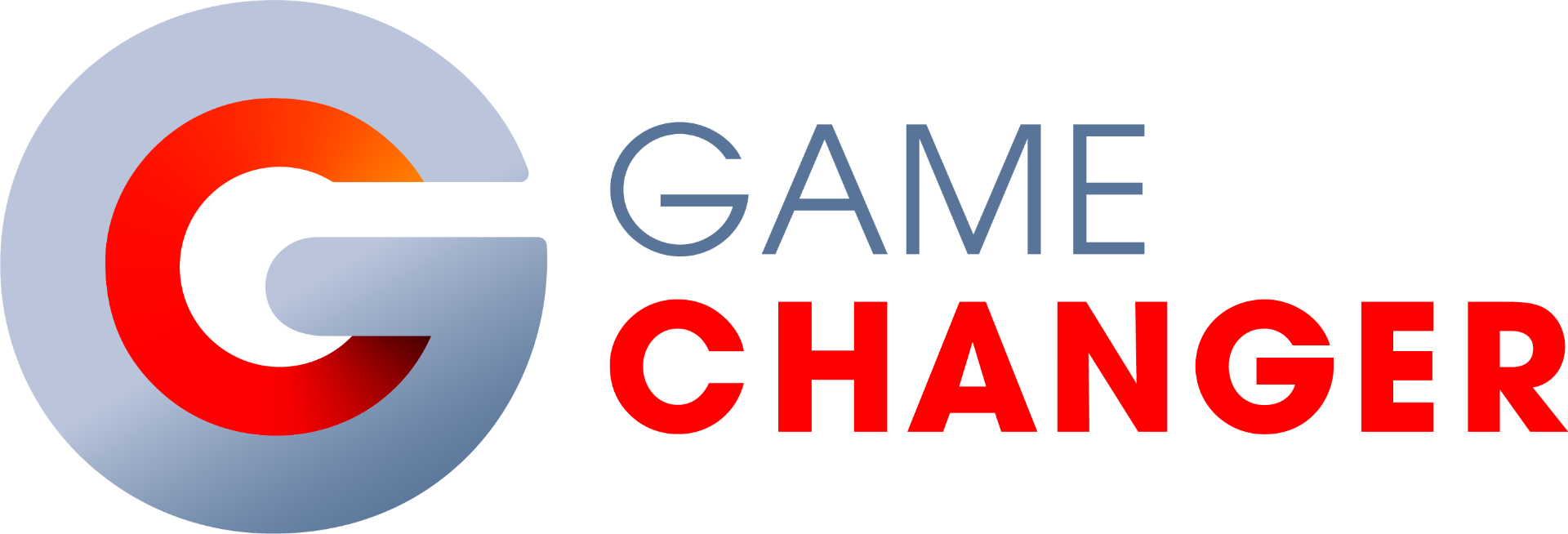Large companies need to borrow a page from startups and learn to sell test products in the marketplace before they commit massive resources building them for mass distribution
 It’s a dirty little secret that every year companies waste billions of dollars building products that never get to market. In most large consumer product companies, only about one in three products that are developed ever gets launched. Companies routinely spend $5 million to $10 million or more per product, keeping alive ideas that have no market potential.
It’s a dirty little secret that every year companies waste billions of dollars building products that never get to market. In most large consumer product companies, only about one in three products that are developed ever gets launched. Companies routinely spend $5 million to $10 million or more per product, keeping alive ideas that have no market potential.
Procter & Gamble (PG), for example, spent more than $500 million developing and building a manufacturing plant for Olestra, a new fat substitute designed to help people lose weight. Only after P&G made these investments did it test the product and discover that there wasn’t a meaningful market for Olestra. In 2002, P&G sold its Olestra plant to Twin Rivers Technology at a substantial loss.
 Think about your company’s new-product pipeline—and how projects are funded. Chances are a huge amount of money is spent keeping multiple options open late in the development cycle.
Think about your company’s new-product pipeline—and how projects are funded. Chances are a huge amount of money is spent keeping multiple options open late in the development cycle.
There is a better way.
A few companies are exploring a new approach called “transactional testing.” The idea is to sell test products before you invest massive resources to build them. The concept was borrowed from startups. In the venture capital world, where return on investment is king, you need to succeed or fail quickly. The only way to do this is to try selling your product to someone before you actually have the money to perfect it.
Let’s say you’re a young entrepreneur fortunate enough to get seed funding. Would your investors give you time to go through a lengthy development cycle the way most corporations do today? No, they would want you to use the little money you had to conduct a “proof of concept” test. They’d say: “Get out there and sell something to someone so we can see if there is demand.”
TEST AND IMPROVE—OR TERMINATE
Entrepreneurs typically cobble together products they can sell that are close to their final vision, but not perfect. They find short-run co-packers and co-developers to make test products without a big investment. Then they cajole a few retailers to take them. If it doesn’t sell at first, they’ll fiddle with the formula, pricing, marketing or whatever else needs changing, then try to make it sell. If a product ultimately doesn’t sell, the investors realize it’s a bad idea and stop investing. If it does sell, money is available to improve the execution and to expand.
A great example of this is Bear Creek Soup, an innovative line of dry soup mixes which today is owned by Specialty Brands of America, generating roughly $100 million in annual revenue. The business was started with no real investment by Don and Sheila White, a couple in Wasatch, Utah. The Whites started selling their product at fairs, then eventually at a few local grocery stores. As they gradually demonstrated that the product could sell, they picked up investors and continued expanding until they had something big. (Here are 10 companies that succeed by doing this.)
Contrast that approach to the corporate process. Most of my VC friends refer to corporate new product investments as “dumb money” because in their opinion, most corporations lack the discipline of the startup process.
The problem is that most corporations demand perfection at every step. They get extremely nervous doing anything that’s less than flawless, even if the product is to appear in only a dozen stores. Managers are forced to optimize every aspect of an offering before it tests in the marketplace.
FEW WANTED PLASTIC VACUUM BAGS
For example, in 2005 there was interest in vacuum-sealing food bags to keep food fresher. S.C. Johnson (Ziploc) and Reynolds Group Holdings (Reynolds Wrap) both developed new types of plastic bags with vacuum devices to remove the air. Each invested millions of dollars in research and development and manufacturing capacity to build these contraptions, only to find that the market was tiny. If only they had been able to figure this out earlier, before they invested—but how?
In today’s highly customizable world, it is easier than you think. A vast array of companies develops and makes small runs of almost anything. Even before the Reynolds bags were on the market, a half-dozen small companies in China had produced inexpensive knockoff bags within weeks. The copies weren’t perfect, but they would have been good enough to evaluate proof of concept. Reynolds and S.C. Johnson could have had any of these companies make up test products before investing in full-scale production.
Transactional testing is also a great screening technique. Guthy-Renker is an infomercial company that created an $850 million brand with its ProActiv Solution acne treatment line, besting P&G, Johnson & Johnson (JNJ), and other players in that category. Guthy-Renker regularly market-tests ideas in the skin care category, using inexpensively produced test products and direct response TV ads. Only if a product generates good sales in testing does GR invest in better production, packaging, and further elements. As a result, the company can develop and test new products for as little as $300,000 each.
Many companies attempt to substitute market research for market testing. But research studies are often misleading because people may reach different decisions when real money is at stake. History is cluttered with major products that relied on market research studies, only to flop. Remember New Coke, Gerber Singles, and last year’s Tropicana package redesign, to name a few?
TRYING TO SELL ALWAYS TRUMPS RESEARCH
This is why big companies feel compelled to keep so many options open for so long: New products are risky. No research can accurately predict if they will sell. The only solution is to get out and sell it—to real shoppers with real money in real stores.
The beauty of what we call the “sell before you invest” model is that it allows you to pursue many more opportunities, including things that look strange, yet often become home runs. In the old model, the bigger, game-changing opportunities often get passed up. In a large corporation, no one wants to appear as if they wasted money building a dumb idea, so products selected for development tend to be safer—and hence, smaller.
Four years ago, I and several of colleagues at Clorox (CLX) implemented a “sell before you invest” approach, testing the Green Works cleaning products concept. While it was originally evaluated as “too small to pursue,” based on traditional research, we were able to convince the chief executive officer to give market testing a shot, based on the fact that our market research methodology had missed prior opportunities. Early real-world success gave the company confidence to invest in Green Works. The product line ended up topping $100 million in sales in the first year and became the company’s first successful new brand in 20 years.
You can do it, too. Just get out there and sell—before you invest.










